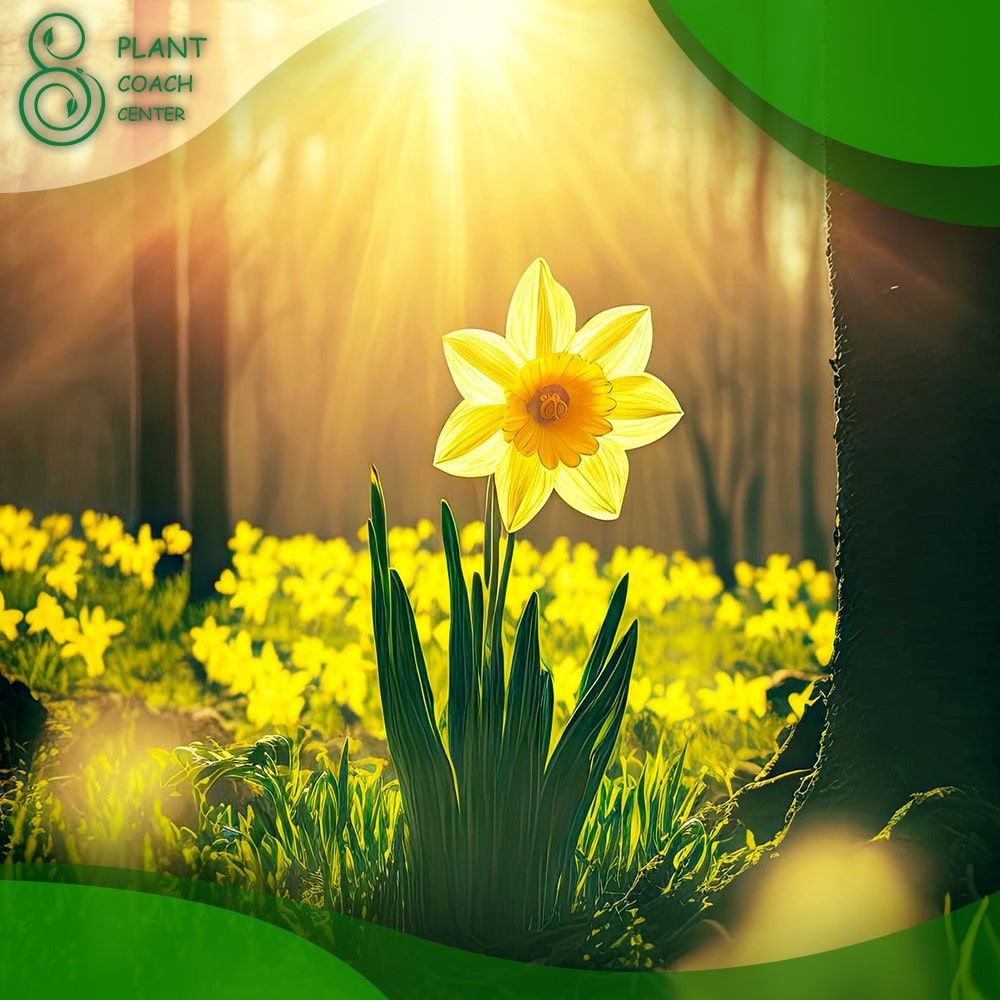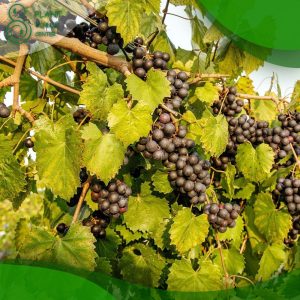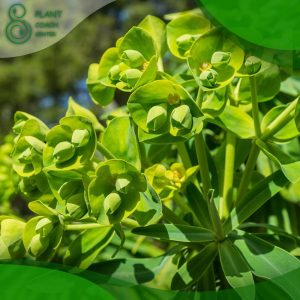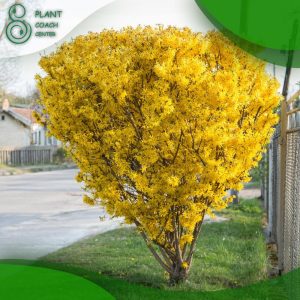When to Cut Back Daffodils
Daffodils, with their vibrant colors and graceful blooms, hold a special place in the hearts of gardeners worldwide. These perennial bulbs belong to the Narcissus genus and are renowned for their hardiness and ease of cultivation. Let’s delve into the history and significance of daffodils in modern gardening.
- What are Daffodils?
- Daffodils, also known as Narcissus, are flowering plants native to Europe and North Africa.
- They come in various shapes, sizes, and colors, including trumpet-shaped, double-flowered, and miniature varieties.
- The most common daffodil species include Narcissus pseudonarcissus, Narcissus poeticus, and Narcissus jonquilla.
- Historical Significance and Cultivation
- Daffodils have a rich cultural history, dating back to ancient civilizations such as the Greeks and Romans.
- They were associated with various myths and stories, often symbolizing renewal, rebirth, and prosperity.
- Cultivation and hybridization efforts have resulted in an array of daffodil cultivars available to gardeners today.
- Role in Modern Landscaping
- Daffodils are highly valued for their early-spring blooms, which bring cheer to gardens after long winters.
- They serve as excellent border plants, ground covers, and additions to mixed flower beds.
- Daffodils are also well-suited for naturalizing in meadows and lawns, creating breathtaking displays.

Understanding the Daffodil Growth Cycle
To properly care for daffodils, it’s essential to grasp the various stages of their growth cycle and understand the factors that influence their development and flowering.
- Stages of Daffodil Growth
- Emergence: Daffodils begin to emerge from the ground in early spring, often pushing through snow and frost.
- Bud Formation: Buds form at the tips of flower stalks, and foliage continues to grow.
- Factors Affecting Growth and Flowering
- Temperature: Daffodils prefer cool temperatures during their initial growth stages.
- Sunlight: Adequate sunlight is crucial for healthy foliage and bloom development.
- Soil Moisture: Well-draining soil helps prevent root rot and fungal diseases.
- Ideal Growing Conditions for Daffodils
- Sun Exposure: Choose a location with full sun to encourage robust growth and blooming.
- Soil Requirements: Daffodils thrive in well-draining soil rich in organic matter.
- Planting Depth: Plant bulbs at a depth of 6-8 inches for optimal growth.
Recognizing the Right Time for Cutting Back Daffodils
Knowing when and how to cut back daffodils is a crucial aspect of their care. Proper post-bloom maintenance ensures healthy bulbs and beautiful blooms in the following years.
- Post-Bloom Care and Deadheading
- Deadhead spent flowers to prevent seed formation and direct energy back into the bulb.
- Allow the foliage to remain until it turns yellow, signaling the completion of the photosynthesis process.
- Observing Foliage Changes for Clues
- Monitor the foliage after blooming to determine the ideal time for cutting back.
- Foliage turns yellow and begins to wither once the bulb has stored enough energy for the next blooming season.
- Distinguishing Between Leaves and Flower Stalks
- Identify leaves from spent flower stalks before cutting back to avoid damaging the bulb.
- Flower stalks are generally thinner and lack the broad, strap-like appearance of leaves.
The Importance of Leaving Foliage After Blooming
Cutting back daffodils too early can hinder their ability to gather essential nutrients for future growth and flowering. Understanding the significance of foliage retention after blooming will aid in maintaining healthy and robust daffodil bulbs.
- Nutrient Accumulation for Next Year’s Blooms
- After daffodils bloom, the leaves continue to photosynthesize, converting sunlight into energy.
- This energy is stored in the bulbs and used to produce flowers in the following year.
- Cutting back the foliage prematurely can deplete the bulb’s energy reserves, leading to weak blooms or no flowers at all.
- Photosynthesis and Energy Storage
- Daffodil foliage plays a vital role in the photosynthesis process, providing carbohydrates to the plant.
- Carbohydrates are essential for the bulb’s growth, development, and overall health.
- Allowing the foliage to remain until it naturally withers ensures sufficient energy is stored for the next blooming season.
- Best Practices for Foliage Maintenance
- While it’s essential to leave the foliage intact, tidy up the garden by removing spent flower stalks.
- To maintain the aesthetics of the garden, fold the foliage over and secure it with rubber bands or twine.
- Avoid braiding or knotting the leaves, as it can damage the plant and impede nutrient flow.
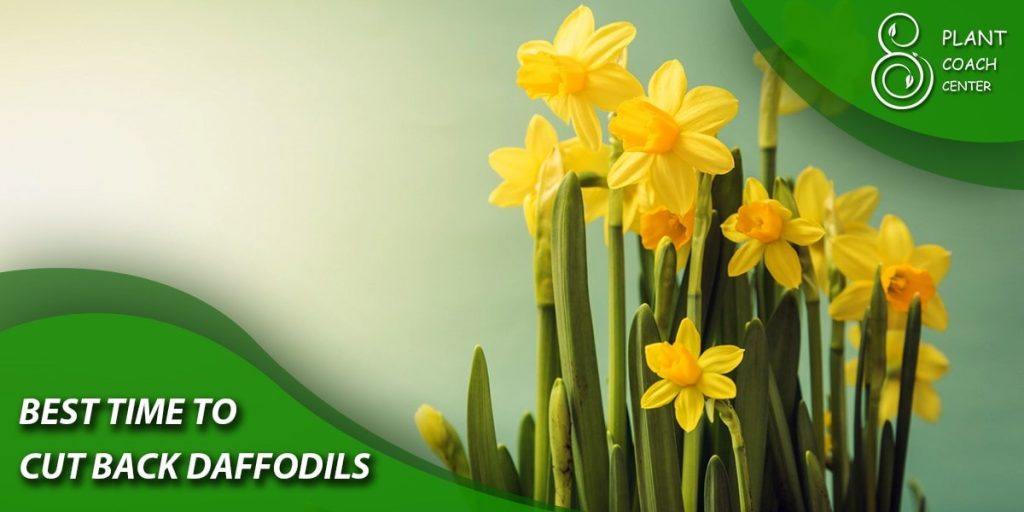
Common Daffodil Problems and How They Affect Cutting Back
Daffodils, like any other plant, can face challenges such as pest infestations, diseases, and environmental stressors. Understanding these issues is crucial in determining the appropriate timing for cutting back daffodils.
- Pest Infestations and Their Impact on Pruning
- Narcissus Bulb Fly: This pest lays its eggs on or near daffodil bulbs, leading to bulb damage and decay.
- Slugs and Snails: These pests can cause significant damage to daffodil foliage and flowers.
- Diseases and Timing of Pruning
- Narcissus Bulb Rot: A fungal disease that affects the bulbs, causing them to become soft and decay.
- Leaf Scorch: A condition caused by a fungus that results in browning and withering of foliage.
- Environmental Stressors and Recovery Periods
- Extreme Weather: Frost, heavy rain, or hail can impact daffodils’ growth and require longer recovery times.
- Soil Drainage Issues: Poor drainage can lead to waterlogged soil, causing bulb rot and affecting growth.
Tools and Techniques for Cutting Back Daffodils
Proper tools and techniques are essential for the successful cutting back of daffodils. This ensures the process is efficient and minimizes the risk of damage to the bulbs.
- Choosing the Right Pruning Tools
- Hand Pruners: Ideal for cutting spent flower stalks and trimming foliage.
- Garden Shears: Suitable for tidying up larger areas of daffodil foliage.
- Safe and Effective Pruning Methods
- Sterilization: Ensure that your pruning tools are clean and sterilized to prevent the spread of diseases.
- Angle Cuts: Make clean, diagonal cuts when removing spent flower stalks to promote faster healing.
- Potential Risks and Precautions
- Toxicity: Daffodils contain toxic compounds that can cause skin irritation. Wear gloves when handling them.
- Over-pruning: Cutting back foliage too early or excessively can weaken the bulbs and affect future blooming.
Practical Guide: Step-by-Step Process of Cutting Back Daffodils
Now that we understand the importance of leaving daffodil foliage after blooming, let’s explore the step-by-step process of cutting back daffodils. Follow these guidelines to ensure the health and longevity of your daffodils.
- Post-Bloom Assessment
- Observe the daffodil plants closely after they finish blooming.
- Wait for the flowers to wither and the petals to fall off naturally before proceeding.
- Identify Spent Flower Stalks
- Differentiate between the spent flower stalks and the healthy green foliage.
- The flower stalks will appear thin and brown, while the leaves will be broad and green.
- Remove Spent Flower Stalks
- Using clean and sterilized hand pruners, cut the spent flower stalks down to the base of the plant.
- Make clean, diagonal cuts to promote quicker healing.
- Leave Foliage Intact
- Allow the foliage to remain untouched until it turns yellow and starts to wither.
- This ensures the bulbs have ample time to store energy for the next blooming season.
- Tidy Up the Garden
- To maintain the garden’s appearance, fold the yellowing foliage over and secure it with rubber bands or twine.
- Avoid braiding or knotting the leaves, as this can damage the plant.
Extending Daffodil Blooming Season
While daffodils are known for their early-spring blooms, gardeners can employ certain techniques to extend the flowering period and enjoy these charming flowers for a more extended period.
- Succession Planting for Continuous Blooms
- Plant early, mid-season, and late-blooming daffodil varieties.
- This planting strategy ensures that daffodils bloom at different times, providing continuous color throughout spring.
- Forced Blooming in Controlled Environments
- Force daffodil bulbs indoors in pots during late winter to enjoy blooms earlier than their outdoor counterparts.
- Store daffodil bulbs in a cool, dark place for at least 12 weeks before potting them up and placing them in a well-lit area.
- Selecting Late-Blooming Daffodil Varieties
- Choose daffodil cultivars known for their late blooming characteristics.
- Varieties like Narcissus ‘Tahiti,’ ‘Cheerfulness,’ and ‘Salome’ are popular choices for extending the blooming season.

Daffodils in Different Garden Settings
Daffodils are versatile and can thrive in various garden settings, adding beauty and elegance to the landscape. Consider these ideas for incorporating daffodils into your garden:
- Daffodils in Flowerbeds
- Plant daffodils along borders or as mass plantings for a stunning visual impact.
- Combine daffodils with other early-spring flowering bulbs and perennials for a dynamic display.
- Daffodils in Containers
- Create beautiful container arrangements by planting daffodils with complementary flowers.
- Place containers strategically around the garden or on patios to brighten up outdoor spaces.
- Naturalizing Daffodils in Lawns and Meadows
- Allow daffodils to naturalize in grassy areas for a picturesque and natural look.
- Avoid mowing the lawn until the foliage has yellowed and withered.
Daffodils in Cultural and Symbolic Contexts
Daffodils hold cultural and symbolic significance in various societies and artistic expressions. Explore the beauty and meanings associated with these delightful flowers:
- Daffodils in Literature and Art
- Discover how daffodils have been immortalized in poems, novels, and paintings throughout history.
- Explore famous works like William Wordsworth’s poem “I Wandered Lonely as a Cloud.”
- Cultural Significance in Various Countries
- Learn about daffodils’ role in cultural celebrations and festivals around the world.
- Understand their representation in different folklore and traditions.
- Symbolism and Meanings Associated with Daffodils
- Delve into the symbolism attached to daffodils, such as hope, rebirth, and new beginnings.
- Explore the cultural contexts that have given daffodils their diverse range of meanings.
Maintaining Daffodil Health Throughout the Year
While cutting back daffodils is a crucial aspect of their care, maintaining their health throughout the year is equally important. Here are some additional tips to keep your daffodils thriving:
- Proper Watering
- Daffodils prefer moderate watering during their active growth phase.
- Ensure they receive about 1 inch of water per week, either from rainfall or supplemental irrigation.
- Fertilizing
- Apply a balanced fertilizer in the early spring when the foliage emerges.
- Avoid excessive nitrogen, as it can lead to excessive foliage growth at the expense of flowers.
- Mulching
- Apply a layer of organic mulch around daffodils to retain moisture, suppress weeds, and regulate soil temperature.
- Mulch also provides essential nutrients as it breaks down over time.
- Preventing Pest and Disease Issues
- Inspect daffodils regularly for signs of pest infestations and diseases.
- Take immediate action if any issues are detected to prevent further spread.
- Division and Propagation
- Every 3 to 5 years, consider dividing and replanting crowded daffodil clumps to improve blooming performance.
- Additionally, daffodils can be propagated through bulb offsets to expand your collection.
- Overwintering Bulbs
- In regions with harsh winters, consider mulching over the daffodil bulbs to protect them from freezing temperatures.
- This is particularly important for newly planted bulbs that may be more susceptible to winter damage.

Exploring Daffodil Varieties
Daffodils come in a wide array of varieties, each boasting unique colors, shapes, and fragrances. Here are some popular daffodil cultivars to consider for your garden:
- Narcissus ‘Tête-à-Tête’
- A miniature daffodil with bright yellow flowers, perfect for containers and small spaces.
- Early blooming, adding a cheerful touch to the garden.
- Narcissus ‘Ice Follies’
- Large, creamy-white flowers with a prominent yellow trumpet.
- Mid-season bloomer, excellent for cut flower arrangements.
- Narcissus ‘Thalia’
- Pure white, elegant flowers with multiple blooms per stem.
- Late bloomer, perfect for extending the daffodil season.
- Narcissus ‘Pink Charm’
- A unique daffodil with soft pink, frilled flowers.
- Late blooming, adding a touch of romance to the garden.
Capturing the Beauty of Daffodils Through Photography
The allure of daffodils extends beyond the garden, making them excellent subjects for photography. Whether you’re a professional photographer or an amateur enthusiast, capturing the beauty of daffodils can be a rewarding experience.
- Choosing the Right Time
- Early morning or late afternoon light provides a soft, flattering glow for daffodil photography.
- Overcast days can also be suitable for even lighting.
- Macro Photography
- Get up close and personal with the intricate details of daffodil flowers using a macro lens.
- Capture the delicate textures and color variations of the petals and trumpet.
- Creative Compositions
- Experiment with different angles, perspectives, and compositions to create unique and artistic shots.
- Utilize the surrounding environment, such as other flowers, trees, or architectural elements, to add interest to your photographs.
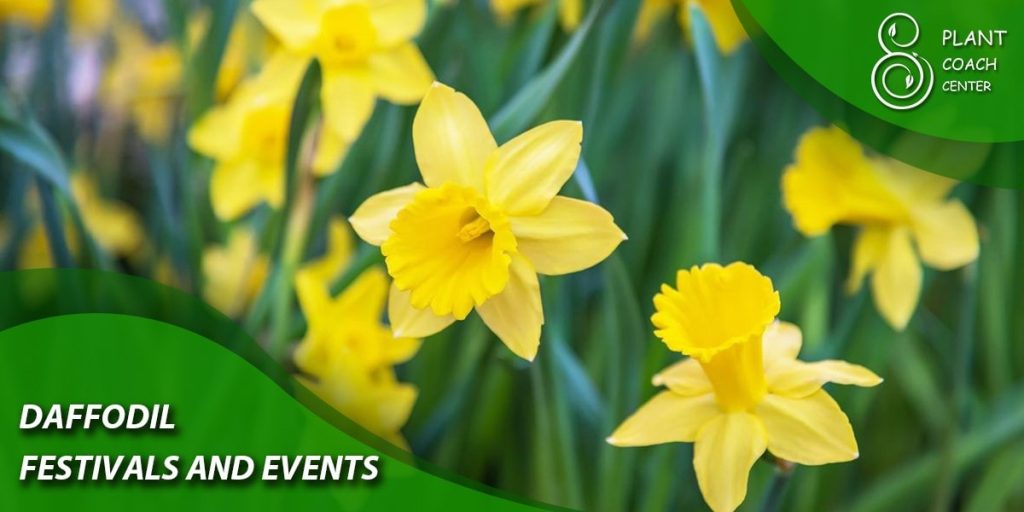
Daffodil Festivals and Events
Across the globe, daffodils are celebrated through various festivals and events. These gatherings offer a wonderful opportunity to admire diverse daffodil displays and share knowledge and experiences with fellow enthusiasts.
- The Daffodil Festival (United Kingdom)
- Held in the town of Gloucester, this festival showcases stunning daffodil displays in both private and public gardens.
- Visitors can partake in guided tours, photography workshops, and horticultural talks.
- The Nantucket Daffodil Festival (USA)
- This charming event on Nantucket Island celebrates the arrival of spring with thousands of daffodils in bloom.
- Activities include a daffodil parade, flower shows, and family-friendly events.
Conclusion: The Art and Science of Cutting Back Daffodils
Cutting back daffodils is both an art and a science that requires careful observation and timing. By following the guidelines provided in this comprehensive guide, gardeners can ensure the health and vitality of their daffodils, resulting in breathtaking blooms year after year. Embrace the beauty of these sunny flowers and celebrate the joy they bring to gardens and landscapes around the world. Happy gardening!
When should I cut back daffodils?
Wait until the foliage turns yellow and withers naturally.
Can I deadhead daffodils after blooming?
Yes, deadheading prevents seed formation and encourages bulb energy storage.
How do I extend daffodil blooming season?
Succession plant varieties, force blooms indoors, and select late-blooming daffodil cultivars.


